-
 Bitcoin
Bitcoin $77,582.7508
-2.72% -
 Ethereum
Ethereum $1,484.8733
-4.90% -
 Tether USDt
Tether USDt $0.9991
-0.06% -
 XRP
XRP $1.8190
-6.84% -
 BNB
BNB $558.9330
-0.67% -
 USDC
USDC $0.9998
-0.06% -
 Solana
Solana $105.8173
-3.99% -
 Dogecoin
Dogecoin $0.1474
-4.02% -
 TRON
TRON $0.2294
-2.85% -
 Cardano
Cardano $0.5677
-7.00% -
 UNUS SED LEO
UNUS SED LEO $9.1640
1.91% -
 Toncoin
Toncoin $3.0205
-3.48% -
 Chainlink
Chainlink $11.3410
-3.03% -
 Avalanche
Avalanche $16.3752
-6.49% -
 Stellar
Stellar $0.2205
-7.38% -
 Shiba Inu
Shiba Inu $0.0...01104
-2.53% -
 Hedera
Hedera $0.1502
-8.41% -
 Sui
Sui $1.9322
-6.31% -
 MANTRA
MANTRA $6.1619
-1.24% -
 Bitcoin Cash
Bitcoin Cash $273.1447
-3.59% -
 Litecoin
Litecoin $71.3781
-2.06% -
 Dai
Dai $0.9999
-0.04% -
 Polkadot
Polkadot $3.4140
-6.57% -
 Ethena USDe
Ethena USDe $0.9986
-0.07% -
 Bitget Token
Bitget Token $4.0704
-2.58% -
 Hyperliquid
Hyperliquid $12.2616
1.62% -
 Pi
Pi $0.5705
-2.24% -
 Monero
Monero $196.1775
-4.56% -
 OKB
OKB $51.6798
-1.63% -
 Uniswap
Uniswap $4.8529
-6.54%
BingX contract calculation formula
Understanding the BingX contract calculation formula empowers traders to navigate the complex world of contract trading, calculate contract value, profit and loss, funding rate payments, margin requirements, and liquidation parameters effectively.
Nov 25, 2024 at 08:10 am
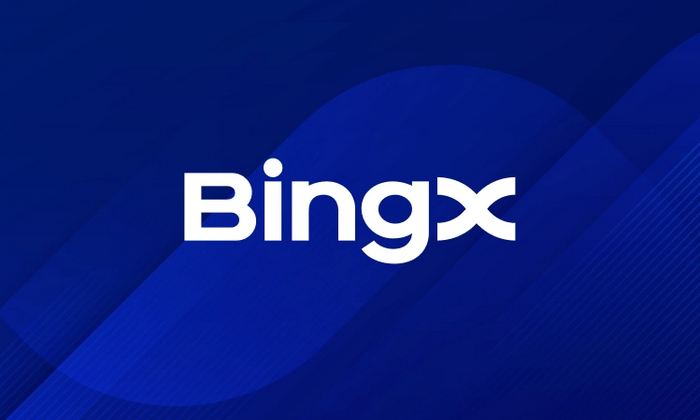
BingX Contract Calculation Formula: A Comprehensive Guide
Understanding the calculation formula behind a contract trading platform is crucial for successful trading. BingX, a leading cryptocurrency exchange, offers a comprehensive set of contract types with distinct calculation methods. This guide delves deep into the BingX contract calculation formula, providing a step-by-step explanation of each component to empower traders with the knowledge they need to navigate the complex world of contract trading.
Step 1: Understanding Contract Basics
- Contract: A contract is a financial instrument that represents an agreement to buy or sell an underlying asset at a predetermined price on a future date.
- Mark Price: The mark price is a real-time index price derived from the weighted average of recent trades on multiple exchanges. It serves as the reference price for contract calculations.
- Index Price: The index price is a reference price that reflects the underlying asset's spot market value. It is typically based on data from reputable data providers.
- Funding Rate: The funding rate is a periodic payment made between long and short positions to ensure that the contract price remains closely aligned with the index price.
- Leverage: Leverage is a mechanism that allows traders to amplify their potential profits and losses by borrowing funds from the exchange. It is expressed as a ratio, such as 10x or 20x.
Step 2: Calculating Contract Value
- Contract Value = Contract Size Mark Price Leverage
- Contract Size: The contract size represents the number of underlying assets represented by each contract.
- Mark Price: The mark price is the reference price used for contract valuation.
- Leverage: The leverage applied to the position increases the potential profits or losses.
For example: A BTCUSDT contract with a contract size of 0.01 BTC, a mark price of $20,000, and a leverage of 10x would have a contract value of $20,000 0.01 10 = $20,000.
Step 3: Calculating Profit and Loss (PnL)
- Unrealized PnL = (Mark Price - Entry Price) Contract Size Leverage
- Mark Price: The current mark price of the contract.
- Entry Price: The price at which the position was entered.
- Contract Size: The number of underlying assets represented by each contract.
- Leverage: The leverage applied to the position.
For example: If the mark price of the BTCUSDT contract rises to $20,500 and the entry price was $20,000, the unrealized PnL would be ($20,500 - $20,000) 0.01 10 = $500.
- Realized PnL = (Exit Price - Entry Price) Contract Size Leverage
- Exit Price: The price at which the position was exited.
- Entry Price: The price at which the position was entered.
- Contract Size: The number of underlying assets represented by each contract.
- Leverage: The leverage applied to the position.
For example: If the BTCUSDT contract is closed at $21,000, the realized PnL would be ($21,000 - $20,000) * 0.01 * 10 = $1,000.
Step 4: Calculating Funding Rate Payment
- Funding Rate Payment = Funding Rate Contract Size Funding Rate Interval
- Funding Rate: The periodic payment rate between long and short positions.
- Contract Size: The number of underlying assets represented by each contract.
- Funding Rate Interval: The time interval at which the funding rate is applied.
For example, if the funding rate is 0.01%, the contract size is 0.01 BTC, and the funding rate interval is 8 hours, the funding rate payment would be 0.01% 0.01 8 = 0.000008 BTC.
Step 5: Margin Management
- Initial Margin = Contract Value * Initial Margin Ratio
- Contract Value: The value of the contract calculated using the formula in Step 2.
- Initial Margin Ratio: The percentage of the contract value required as collateral.
- Maintenance Margin = Contract Value * Maintenance Margin Ratio
- Contract Value: The value of the contract calculated using the formula in Step 2.
- Maintenance Margin Ratio: The minimum percentage of the contract value that must be maintained as collateral to prevent liquidation.
Step 6: Liquidation
- Liquidation Price = Mark Price * Liquidation Threshold
- Mark Price: The current mark price of the contract.
- Liquidation Threshold: The price level at which a position is automatically closed out to prevent further losses.
- Liquidation Fee = Liquidation Price * Liquidation Fee Rate
- Liquidation Price: The price at which the position is liquidated.
- Liquidation Fee Rate: The fee charged by the exchange for liquidating a position.
By thoroughly understanding the BingX contract calculation formula, traders gain a powerful tool for evaluating profit potential, managing risk, and making informed trading decisions.
Disclaimer:info@kdj.com
The information provided is not trading advice. kdj.com does not assume any responsibility for any investments made based on the information provided in this article. Cryptocurrencies are highly volatile and it is highly recommended that you invest with caution after thorough research!
If you believe that the content used on this website infringes your copyright, please contact us immediately (info@kdj.com) and we will delete it promptly.
- Hedera (HBAR) Price Forms Bullish Falling Wedge, Targeting $0.30 Breakout
- 2025-04-09 21:10:13
- HBAR Mess Has Set the Stage for Something Explosive
- 2025-04-09 21:10:13
- The Best Meme Coin to Buy Now Might Not Be One You Recognize
- 2025-04-09 21:05:12
- Royal Canadian Mint Issues $1 Circulation Coin Commemorating the 150th Anniversary of the Supreme Court of Canada
- 2025-04-09 21:05:12
- Could bitcoin withstand the flames spewed by Donald Trump
- 2025-04-09 21:00:12
- Mastercard and Ripple (XRP) Rumored Partnership Doesn't Go as Deep as Many Think
- 2025-04-09 21:00:12
Related knowledge

Why does a perpetual contract have no expiration date?
Apr 09,2025 at 08:43pm
Perpetual contracts, also known as perpetual futures or perpetual swaps, are a type of derivative product that has gained significant popularity in the cryptocurrency market. Unlike traditional futures contracts, which have a fixed expiration date, perpetual contracts do not expire. This unique feature raises the question: why does a perpetual contract ...
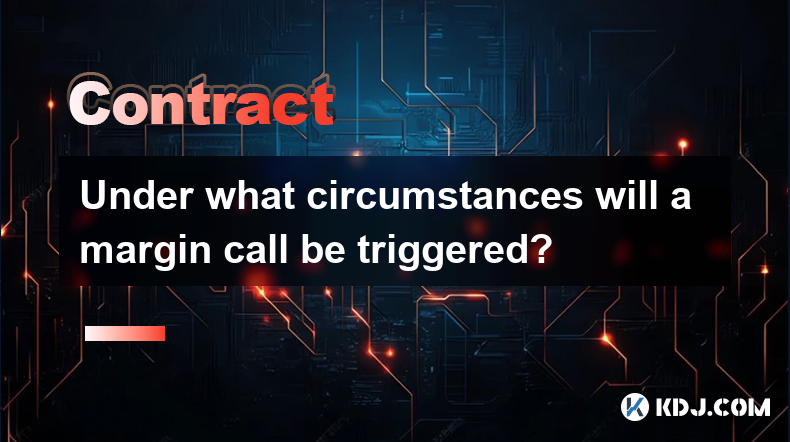
Under what circumstances will a margin call be triggered?
Apr 08,2025 at 02:43pm
Margin trading in the cryptocurrency market allows traders to borrow funds to increase their trading position, potentially amplifying both gains and losses. A critical aspect of margin trading is understanding when a margin call might be triggered, as it can significantly impact your trading strategy and financial health. In this article, we will explor...
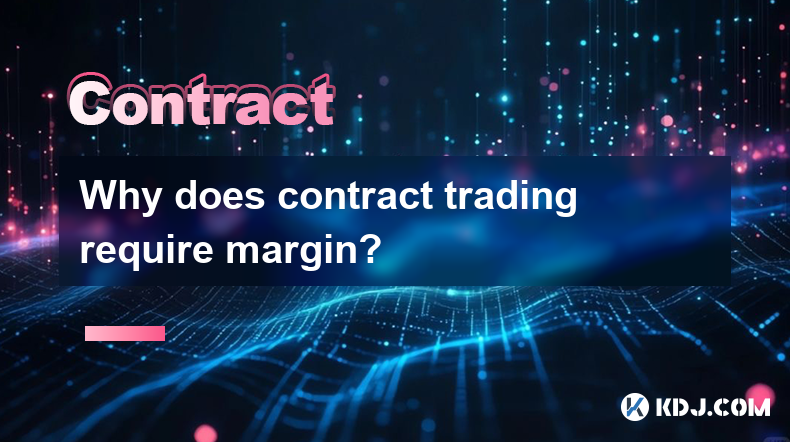
Why does contract trading require margin?
Apr 08,2025 at 02:07pm
Introduction to Contract TradingContract trading in the cryptocurrency market refers to the practice of trading futures or options contracts. These contracts allow traders to speculate on the future price of a cryptocurrency without actually owning the underlying asset. One of the key components of contract trading is the use of margin. Margin is essent...
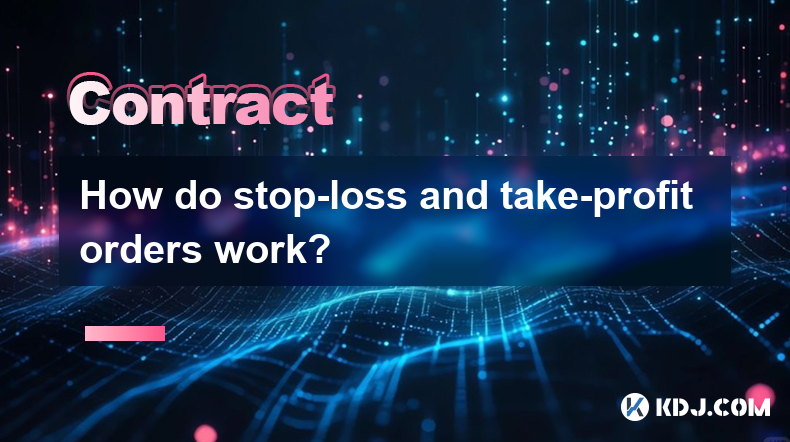
How do stop-loss and take-profit orders work?
Apr 08,2025 at 03:43pm
How do Stop-Loss and Take-Profit Orders Work? In the volatile world of cryptocurrencies, managing risk is crucial for traders. Two essential tools that help in this regard are stop-loss and take-profit orders. These orders are designed to automatically execute trades when certain price levels are reached, helping traders to limit losses and secure profi...
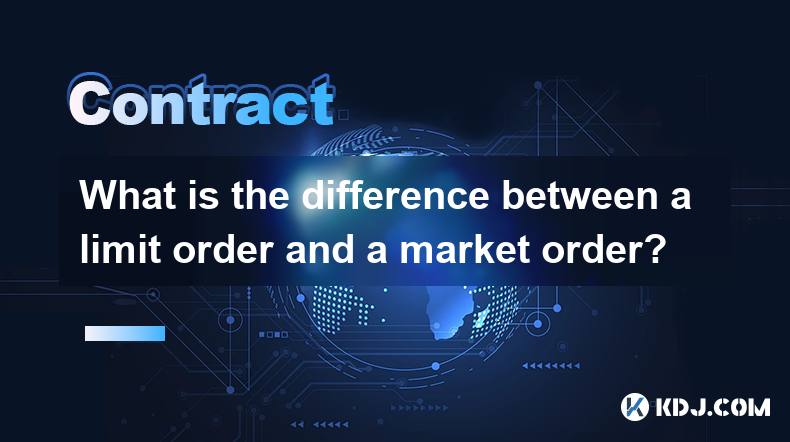
What is the difference between a limit order and a market order?
Apr 08,2025 at 05:14pm
When trading cryptocurrencies, understanding the different types of orders you can place is crucial for effective trading. Two of the most common types of orders are limit orders and market orders. Each serves a different purpose and comes with its own set of advantages and disadvantages. In this article, we will delve into the specifics of both types o...
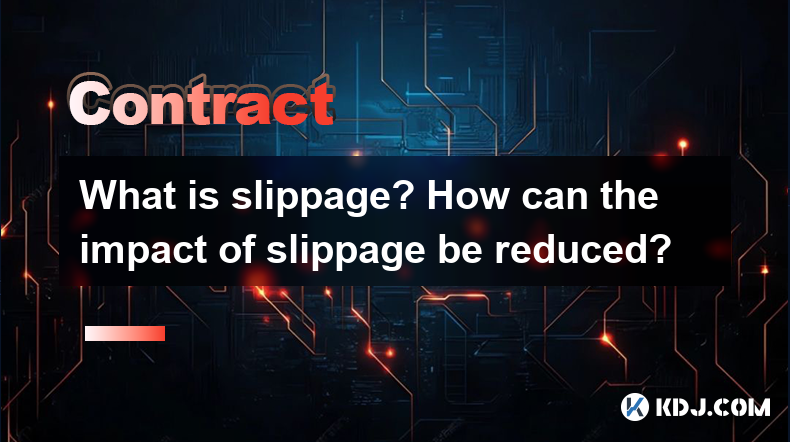
What is slippage? How can the impact of slippage be reduced?
Apr 09,2025 at 04:21am
Slippage in the context of cryptocurrency trading refers to the difference between the expected price of a trade and the price at which the trade is actually executed. This phenomenon occurs due to the volatility and liquidity of the market, and it can significantly impact the profitability of trades. Understanding slippage and learning how to mitigate ...

Why does a perpetual contract have no expiration date?
Apr 09,2025 at 08:43pm
Perpetual contracts, also known as perpetual futures or perpetual swaps, are a type of derivative product that has gained significant popularity in the cryptocurrency market. Unlike traditional futures contracts, which have a fixed expiration date, perpetual contracts do not expire. This unique feature raises the question: why does a perpetual contract ...

Under what circumstances will a margin call be triggered?
Apr 08,2025 at 02:43pm
Margin trading in the cryptocurrency market allows traders to borrow funds to increase their trading position, potentially amplifying both gains and losses. A critical aspect of margin trading is understanding when a margin call might be triggered, as it can significantly impact your trading strategy and financial health. In this article, we will explor...

Why does contract trading require margin?
Apr 08,2025 at 02:07pm
Introduction to Contract TradingContract trading in the cryptocurrency market refers to the practice of trading futures or options contracts. These contracts allow traders to speculate on the future price of a cryptocurrency without actually owning the underlying asset. One of the key components of contract trading is the use of margin. Margin is essent...

How do stop-loss and take-profit orders work?
Apr 08,2025 at 03:43pm
How do Stop-Loss and Take-Profit Orders Work? In the volatile world of cryptocurrencies, managing risk is crucial for traders. Two essential tools that help in this regard are stop-loss and take-profit orders. These orders are designed to automatically execute trades when certain price levels are reached, helping traders to limit losses and secure profi...

What is the difference between a limit order and a market order?
Apr 08,2025 at 05:14pm
When trading cryptocurrencies, understanding the different types of orders you can place is crucial for effective trading. Two of the most common types of orders are limit orders and market orders. Each serves a different purpose and comes with its own set of advantages and disadvantages. In this article, we will delve into the specifics of both types o...

What is slippage? How can the impact of slippage be reduced?
Apr 09,2025 at 04:21am
Slippage in the context of cryptocurrency trading refers to the difference between the expected price of a trade and the price at which the trade is actually executed. This phenomenon occurs due to the volatility and liquidity of the market, and it can significantly impact the profitability of trades. Understanding slippage and learning how to mitigate ...
See all articles























































































